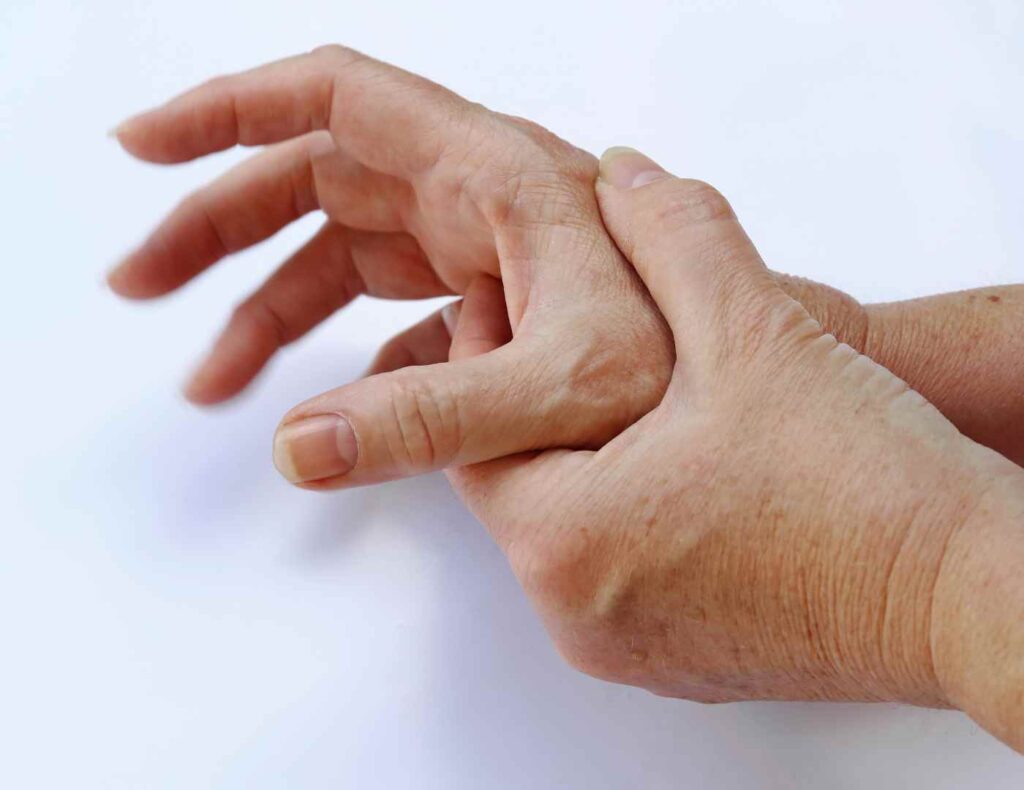Parkinson’s disease is a progressive neurodegenerative disorder that affects millions of people worldwide. While it is commonly associated with motor symptoms such as tremors and stiffness, there are several early warning signs that often go unnoticed. Early detection and intervention can significantly improve the management of Parkinson’s disease. In this blog, we will explore the early signs of Parkinson’s and why it is essential to recognize them.

Changes in Handwriting:
One of the earliest signs of Parkinson’s disease is a subtle change in handwriting, known as micrographia. Individuals may notice that their writing becomes smaller, cramped, and difficult to read over time. This symptom results from the gradual loss of control and coordination in the hand muscles.
Muscle Rigidity:
Stiffness and muscle rigidity are hallmark signs of Parkinson’s disease. Patients may experience muscle stiffness in their arms, legs, or neck, making movements slower and more challenging. Rigidity can also cause discomfort and limit the range of motion.
Tremors:
Tremors, especially at rest, are a common early sign of Parkinson’s disease. These involuntary shaking movements typically occur in the hands, fingers, or thumbs. While tremors may be mild initially, they tend to worsen over time and can affect daily activities.
Bradykinesia:
Bradykinesia refers to the slowness of movement. People with Parkinson’s may notice a significant reduction in the speed of performing everyday tasks like walking, getting up from a chair, or turning in bed. Bradykinesia can lead to a feeling of heaviness and sluggishness.
Changes in Facial Expressions:
Parkinson’s disease can affect facial muscles, resulting in reduced facial expressions. This condition is known as “masked face,” where individuals appear to have a blank or emotionless facial expression, even when experiencing emotions.
Postural Instability:
Balance problems and postural instability are early signs of Parkinson’s disease. Patients may find it challenging to maintain a steady posture while standing, increasing the risk of falls and injuries.
Decreased Sense of Smell:
A reduced sense of smell, known as hyposmia, is another early indicator of Parkinson’s. Individuals may have difficulty identifying certain odors or may find that familiar smells have become less noticeable.
Conclusion of Early Signs of Parkinson’s Disease:
Recognizing the early signs of Parkinson’s disease is crucial for early diagnosis and intervention. If you or a loved one experience any of these symptoms, it is essential to consult a healthcare professional promptly. Early detection allows for better management of the disease, access to appropriate treatments, and improved quality of life.
While there is currently no cure for Parkinson’s disease, various therapies and lifestyle modifications can help manage symptoms and slow down its progression. If you suspect any signs of Parkinson’s, seeking medical advice is the first step towards effective management and care. Remember, early detection can make a significant difference in the long-term outcomes for individuals with Parkinson’s disease.
Connect with us on LinkedIn and our website to stay updated on the latest industry trends and insights!
